From a simple cafetière to an espresso machine, there are many different ways to serve up a cup of joe, but how do we know which is best way to make coffee? We asked coffee expert Mat North, owner of Full Court Press, a speciality coffee shop in Bristol, and the author ofCoffee:A Modern Field Guide (£8, We Hunt & Gather), who says that brewing coffee is a science experiment; you just need to know which variables to manipulate.
How can we use science to improve our coffee?
Making coffee is a chemical process. We have our solute, coffee, we have our solvent, water, and we create a solution. Within that, there are a myriad of variables that we can control, but there are four key ones that we really need to get a handle on.
Water is the first. Ninety-eight per cent of every coffee you drink is going to be water: it carries the bulk of the flavour. The process of drawing out chemical compounds, what we call ‘extraction’, is really just osmosis. Positively charged ions from the minerals in the water latch on to negatively charged ions that are the acids and sugars, and physically draw them out.
So, by tuning your mineral content, you can tune what kind of acids and flavour compounds you draw out. My favourite weird acid that you get in coffee is isovaleric acid, which gives the smell and taste of blue cheese or feet.
Read more:
So what should we do to our water to improve our coffee?
Always filter your water. You can use tap water, but you’ll be fighting a difficult battle, especially in hard water areas.
Water contains an awful lot of calcium carbonate, which mutes acidity. If you have a lot of bicarbonate in there you’re going to bring back any acidity that you extract, and make it taste kind of chalky and flat.
What’s the next important variable?
Then it’s your ratio of coffee to water. The Speciality Coffee Association recommends 60g of dry coffee to a litre of water.
We use that as a starting point because it gives us a balance between strength and extraction, so you get a brew that’s not too strong, not too weak, not too bitter.
What else is important in brewing coffee?
Temperature. Solvents are more efficient when they’re hot. You can brew coffee with cold water, it just takes a lot longer. If you use boiling water, you’ve got to work fast because you’re going to extract things very quickly. Between 90°C and 96°C is the perfect water temperature.
Then there’s time, which is more method-specific. If you’re brewing in an Aeropress or some kind of filter brewer, you want some contact time with the coffee grounds. Acids are volatile compounds and are extracted quite quickly, but a lot of the more stable compounds – sugars for example – take longer to extract.
Grind size is the last important variable. A larger grind size will extract more slowly, so if your brew tastes harsh, bitter and ashy (what’s known as over-extracted), then using a coarser grind size will help rectify that. Likewise, if your coffee tastes overly acidic or sour (what’s known as under-extracted) using a finer grind will help. The goal should always be a balance between acidity, bitterness and natural sweetness.
So what should we do to improve the coffee we make at home?
First of all, fresh beans, which means buying less more often. Even whole beans go stale. Or, if it’s more convenient, freeze your beans. It’s an excellent way of preserving flavours and aromas. You can grind from frozen, too.
Use freshly ground coffee. All of the aromatics and the acid compounds in coffee are volatile, and they dissociate very quickly. When you grind your beans, you create a lot more surface area for aromatic flavours to be taken away.
It’s important to use scales. At home, I use a £3 set of kitchen scales. I weigh out the coffee, I grind it, and I put it into my filter brewer – I use a Clever Coffee Dripper. I know that my mug is 300ml, so I use 20g of coffee, 300ml of water, and I leave it for two minutes. Using scales is one of the biggest changes you can make.
Read more:
Then make sure you’re boiling water fresh. The more times you boil water the more you evaporate it off, increasing the mineral content. A few kettles now will allow you to set temperature, but if you don’t have one of those, just leave the water in the kettle for 60 to 90 seconds, which will allow it to cool down by 4°C or 5°C. The more water in there, the slower it will cool, so leave it 60 seconds if you’ve half-filled the kettle, or 90 if it’s full.
This all sounds complex, but making good coffee at home is easy to do; just find a method that works for you. Most importantly, pick a method that’s simple when you’re tired in the morning. If it’s not easy to do at 4am and your kid has woken you up, it’s not worth it.
Which is the best coffee machine?
If you want to craft your coffee, these are the best brewers for every budget.
1
Aeropress
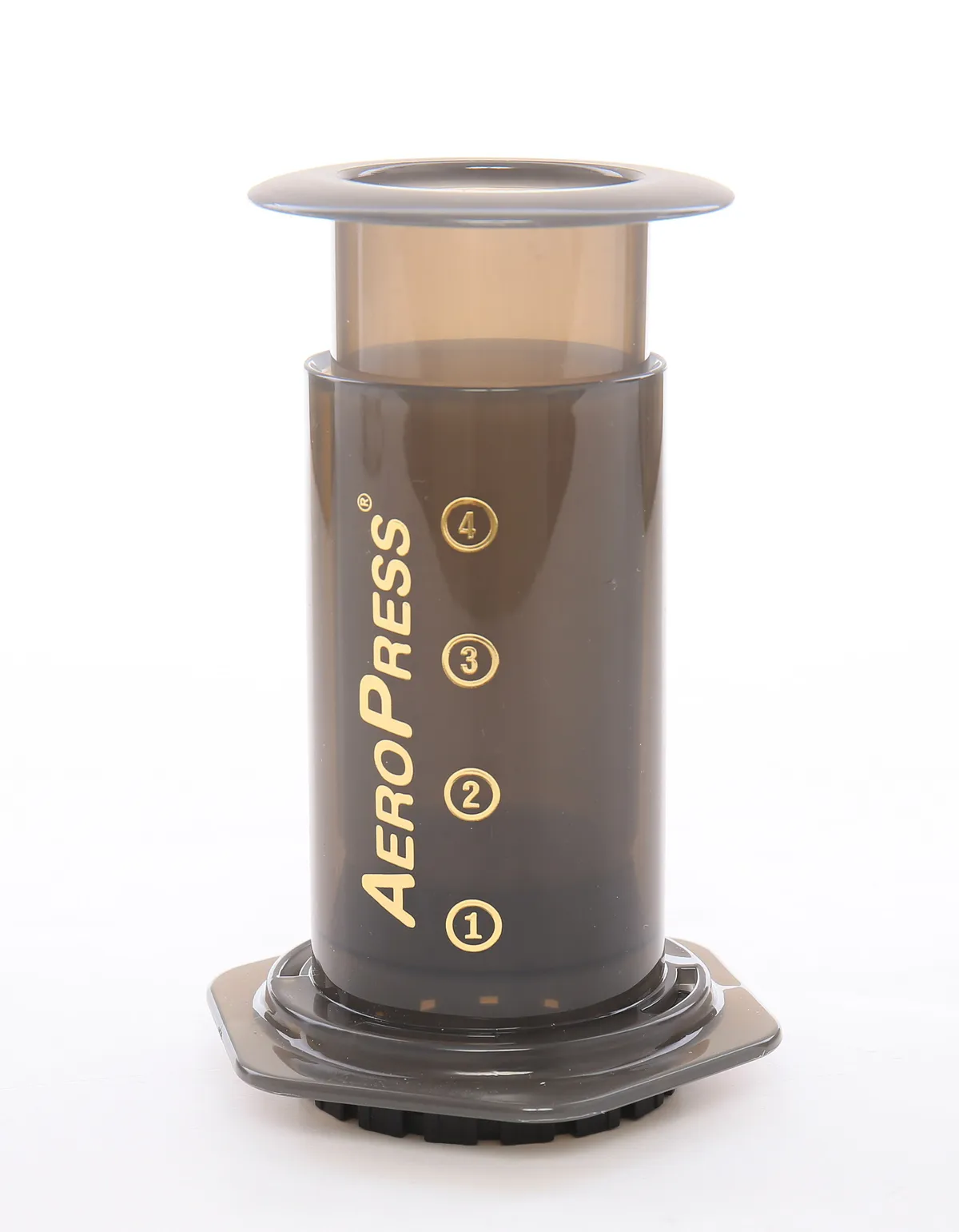
This single-cup coffee maker is highly regarded in the coffee community. The grounds are immersed in water then rapidly filtered when you push the plunger down.
The design’s been so successful there’s now an Aeropress world championship, and a documentary about its invention. It was created by Alan Adler, who shifted focus from his Guinness World Record-setting Aerobie Frisbees to making a robust, portable, high-quality coffee maker.
2
Clever Coffee Dripper
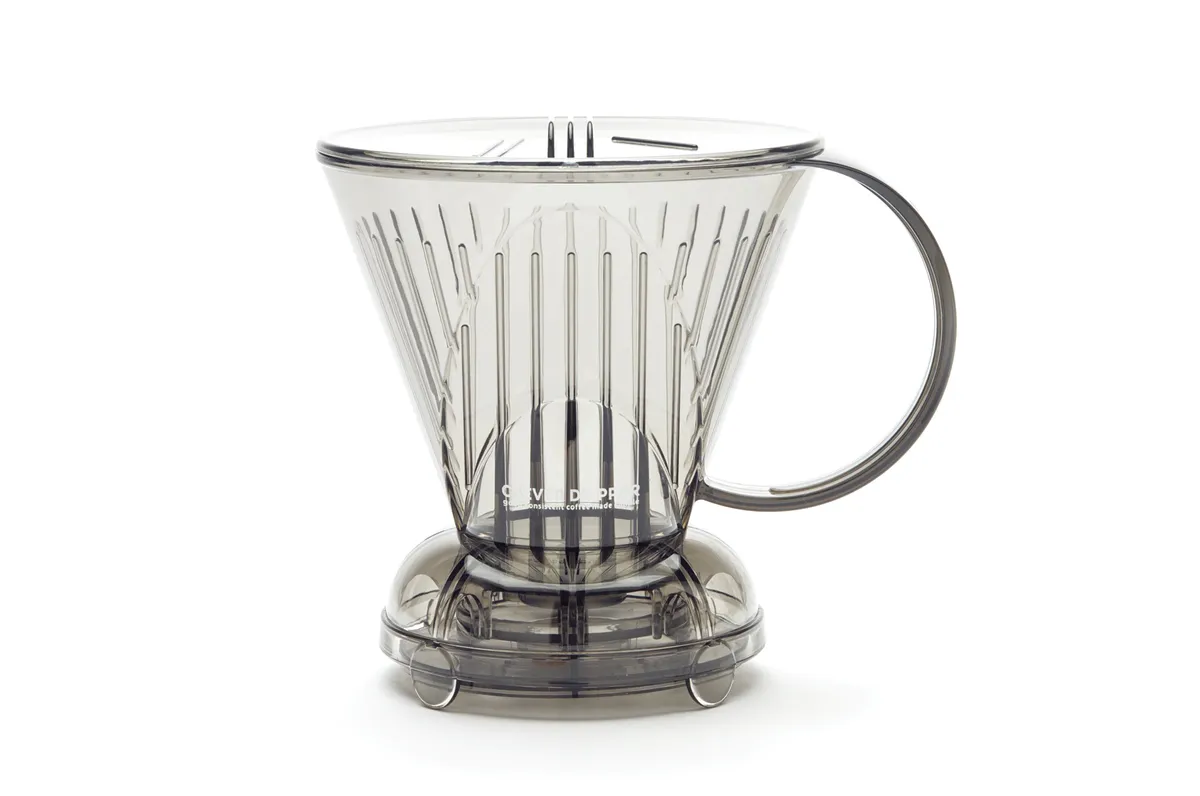
This is like a pour-over, but it’s also got a little bung underneath, which makes it an immersion method of brewing. When it’s done you put it on top of your mug, the bung pushes out, and the paper filter removes all the fine particles.
3
Decent Espresso DE1PRO
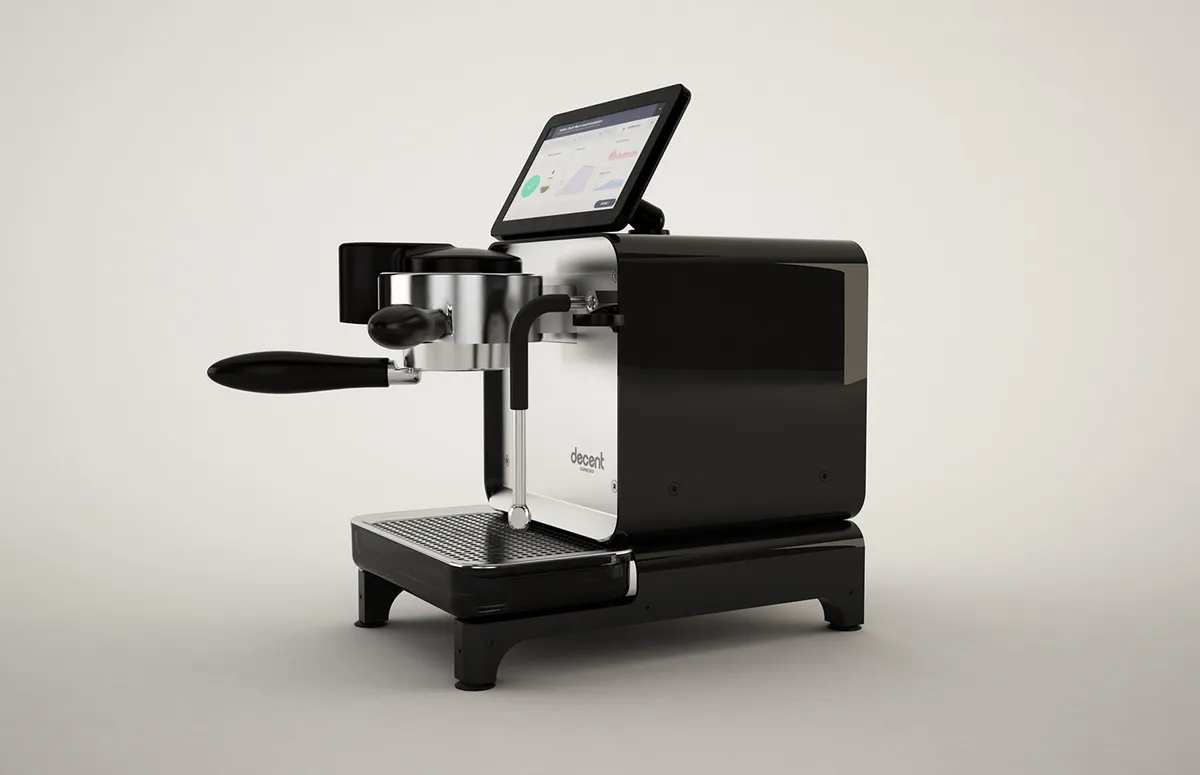
The Decent coffee machine lets you control almost everything. It’s app-controlled and open source, so you can write your own coffee-making programmes. There’s even a chat group for owners to share what they’re making.
4
Moccamaster Home Brewer
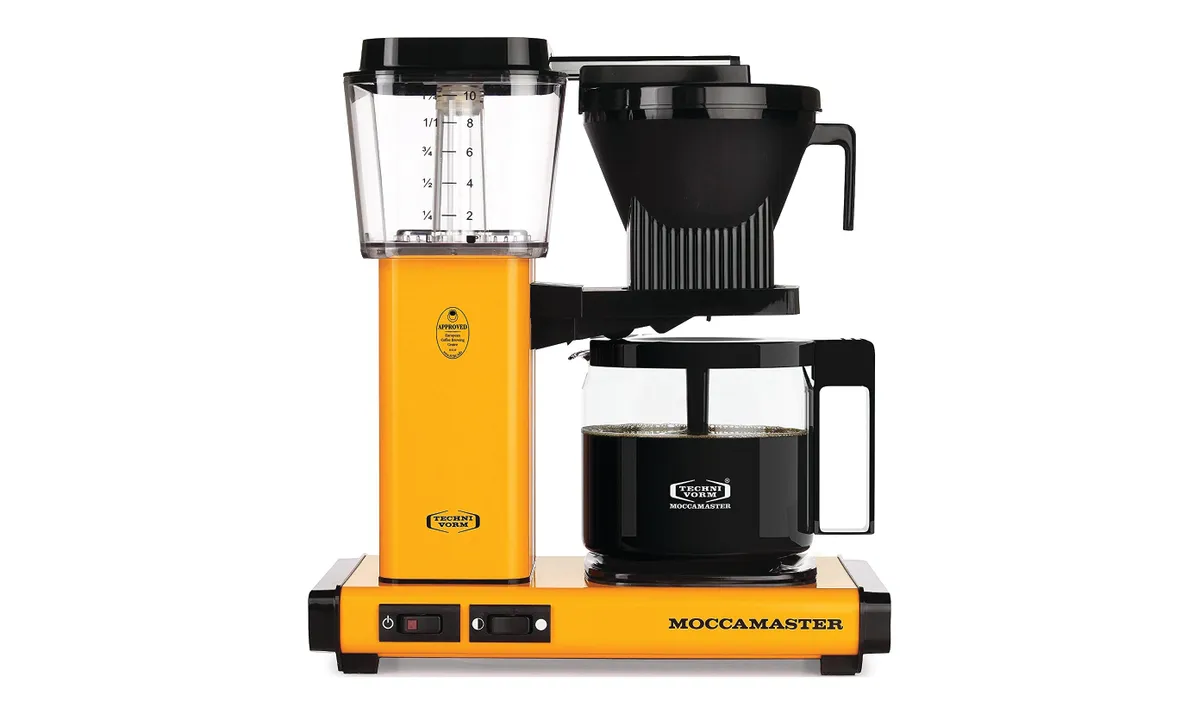
This home filter coffee machine, hand-made in the Netherlands, can pump out 10 cups in six minutes. It gets the details spot-on: it heats the water to the perfect 92-96°C range, and its hot plate keeps coffee at 80-85°C after it has been brewed.
5
Sage Barista Express
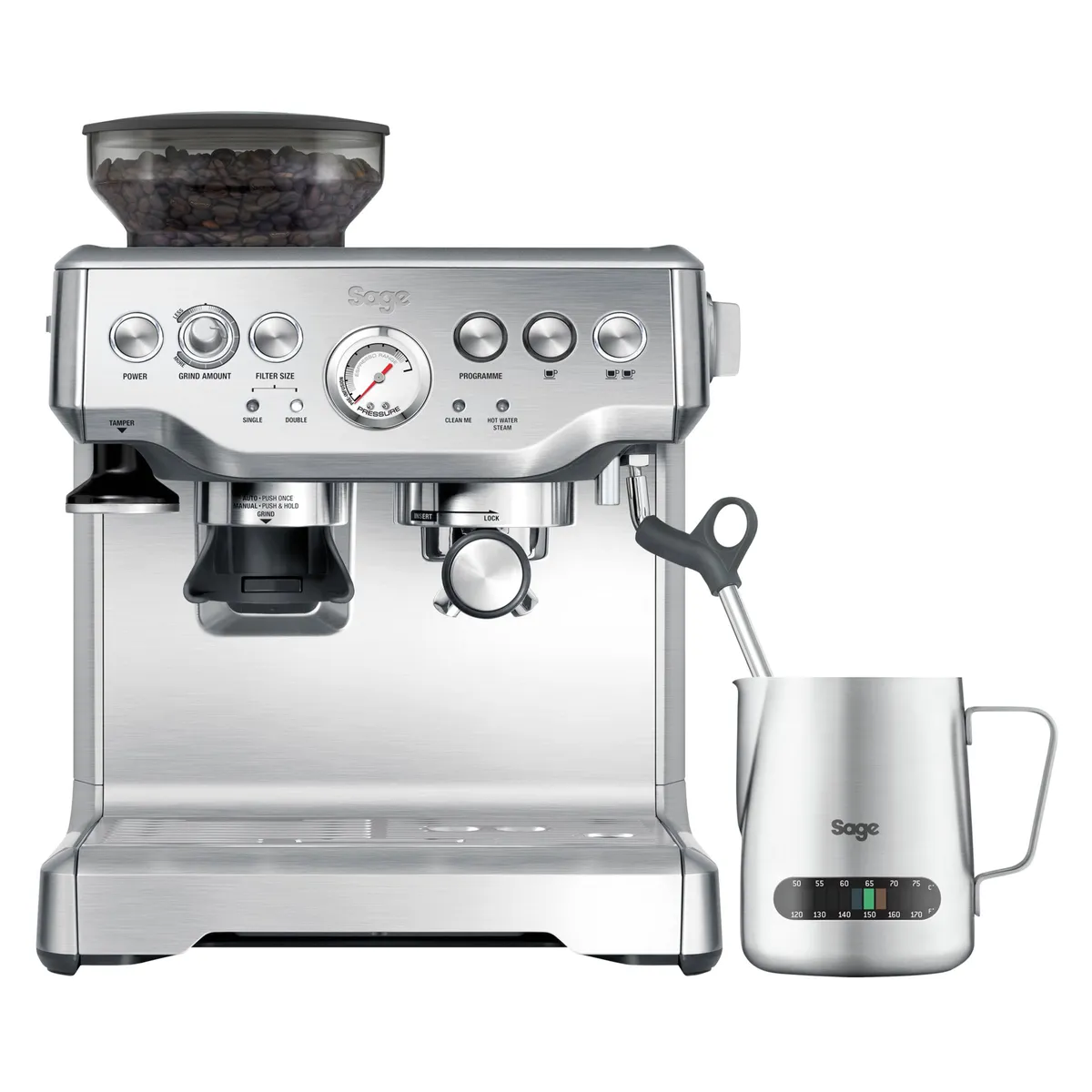
When you start spending the big bucks on espresso machines, you’re paying for more control. This has an 18-setting burr grinder, adjustable temperatures, and a manual mode for controlling how much coffee is dispensed.
For more coffee kit, check out our roundup of the best coffee gadgets to buy for caffeine addicts in 2023!
- This article was first published in BBC Science Focus in April 2019 – subscribe here
Follow Science Focus onTwitter,Facebook, Instagramand Flipboard